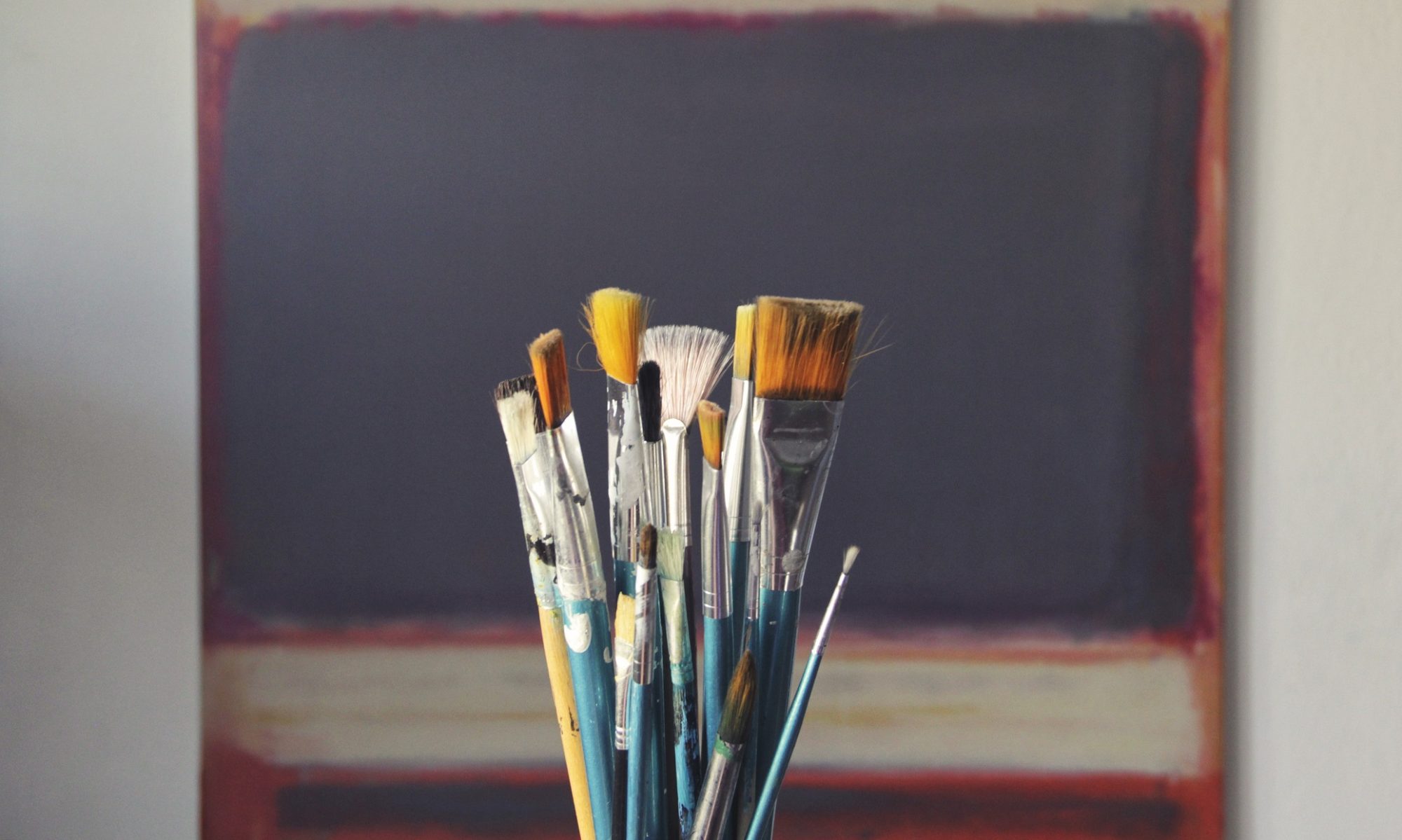NFTs, Cryptos, Blockchain, Oh My!
By Evelyn B. Bourne
NFTs, or non-fungible tokens are an emerging phenom within the world of cryptos, and they are causing a stir in the art world. Earlier in March, a NFT sold for $69 million at a Christie’s auction. The digital artwork called, “The First 5000 Days,” was created by Mike Winkelman, known as “Beeple,” who had previously never sold a print of his artwork for more than $100.
To keep it simple, if you have not been hearing about NFTs, or if you are not familiar with cryptos, here is a link to an explainer piece with all the details about what NFTs are and why you might care. For my purposes, I’m going to give you just the nitty-gritty details here.
Non-fungible tokens (NFTs) are an aspect of the Ethereum cryptocurrency blockchain. An analogy I heard recently is this: If you think of Bitcoin as the gold bar of cryptocurrencies, then Ethereum is analogous to spendable pocket cash. Cryptos, like traditional “fiat” currency, are fungible, meaning, “something (such as money or a commodity) of such a nature that one part or quantity may be replaced by another. . .” If I hand you a dollar bill, and you handed me a different dollar bill, each has equal value. The bills are completely interchangeable with no loss or gain in value.
The non-fungibility of a crypto token, which is simply a bit of code, is created and validated by the Ethereum blockchain. This gives a digital or tangible good a unique digital signature which can be verified by the blockchain. Thanks to their verifiability on the blockchain, NFTs are called, “trustless” because they do not rely on human trust for their validity. The traditional financial system is based purely on the level of trust that the participants place in it. In other words, ever since the monetary system in the United States went off the gold standard, the whole thing is held together only by our belief or trust in it.
NFTs provide a way that the ownership and provenance of a digital or tangible good can be traced and verified. Also, thanks to the nature of smart contracts that are inherent to the Ethereum blockchain, the creator of a NFT can earn residuals in the form of a percentage of the sale each time that NFT I s sold and resold.
This is why NFTs are especially appealing to some artists and photographers. An important aspect of a piece of art is its scarcity due to its uniqueness. There is only one original painting of Van Gogh’s “Sunflowers.” It can be bought and sold, and prints can be made from the image, but there is only one original. The provenance of this painting is well known and traceable, which also contributes to the monetary value of the piece. As in the traditional art world, where collectors buy the early work of artists and hold on to it in hopes that the value of the work will increase as the artist gains notoriety, NFTs can also increase in value—but they can also lose value because of the volatility of this nascent technology.
I have been a tech geek since childhood. While I have not always been a super-early adopter to new technologies, I enjoy getting in early on a new wave of tech when I get the instinct that it will change lives–my life specifically. Well, for me this is a case of all of my stars being in alignment. I am an artist and I love technology. If you can’t tell, I have been taking a deep dive into learning more about NFTs and I am planning to drop my “Genesis NFT,” soon. As a subbie, you will be the first to hear about it. I am going into this for my own amusement and as a bit of an experiment. This all smacks of a giant bubble which will burst at some point, but it feels exciting to be getting in at the start of a new technology that will soon have a massive impact on how art and other things are bought and sold.
At this moment in my art career, my mantra is, “find my voice, find my people.” If minting and marketing some of my work as NFTs helps me to get my work out there and into the hands of collectors, then I am all about it. If nothing comes of it, I will have had some fun riding the bandwagon.
If you are not an artist looking for another opportunity to gain exposure for your work, and if you are not an art collector who wants to get in on a new way to discover and invest in art, then hopefully, this article helped you to feel more informed about a topic you will be hearing a lot about soon if you have not already.
Visit: E. Bourne Art to see my work
Subscribe to our email newsletter (coming soon)
